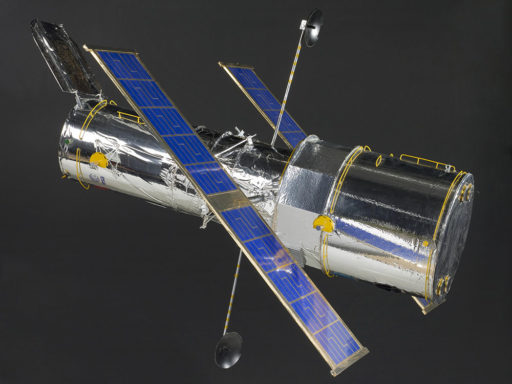
Saquib Idrees writes about the many uses of satellites, from spying to exploring space—and making it possible for us to watch our favourite TV programmes!

Saquib Idrees writes about the many uses of satellites, from spying to exploring space—and making it possible for us to watch our favourite TV programmes!
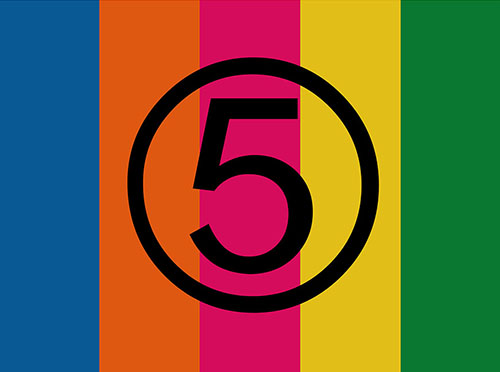
25 years since it launched, James White looks back at the arrival of the UK’s last analogue television channel: Channel 5.
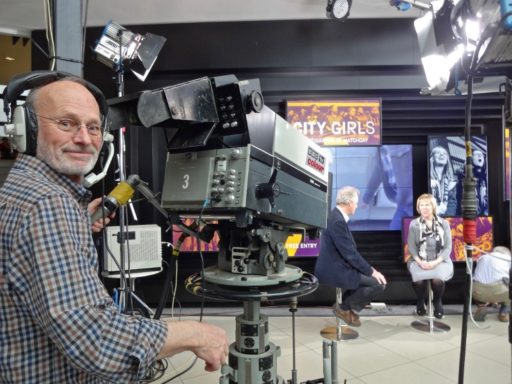
We’ve collected memories and stories about the EMI 2001 television camera from BBC alumni, highlighting how this iconic piece of equipment was used.
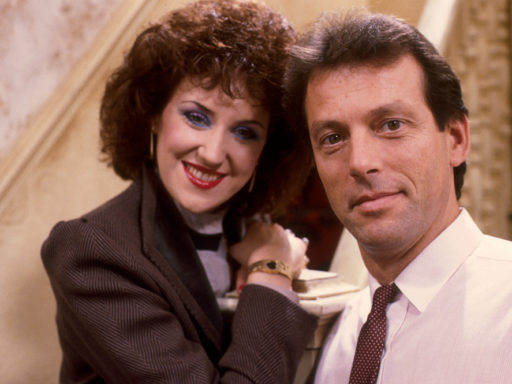
It’s 35 years since the most viewed British TV programme ever* aired. James White takes a look back at an iconic piece of television history.
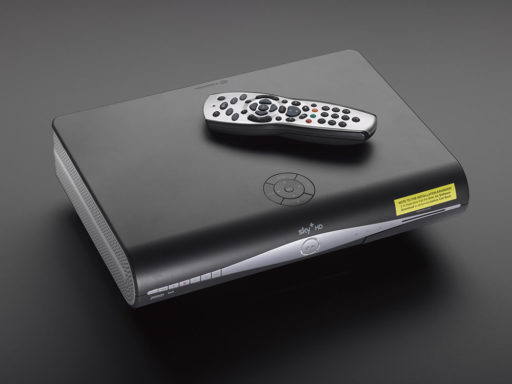
Did you know that images from TV were first recorded to disc in 1927? Read on for a short history of the different ways in which television has been recorded, from mechanical to digital.
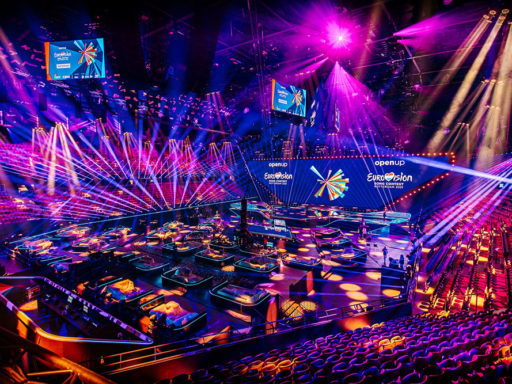
Whether your heart goes boom bang-a-bang at the thought of Eurovision season, or it’s your own personal Waterloo, here’s a look some of the broadcasting history highlights of the Eurovision Song Contest.
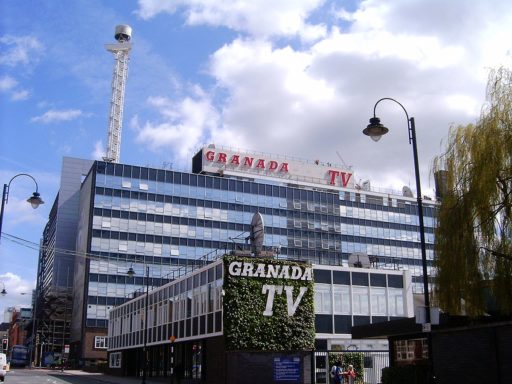
What do Coronation Street and University Challenge have in common? Both were filmed at the legendary Granada Studios, of course!
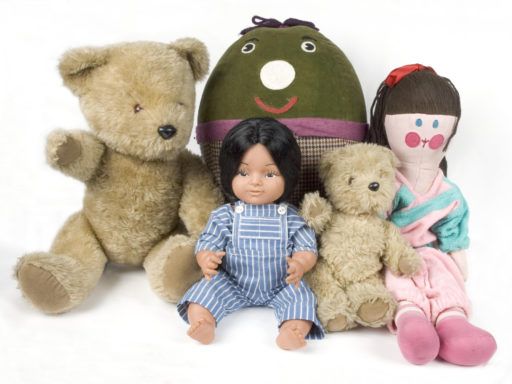
It’s the 57th anniversary of the launch of BBC Two. Antonia Lenon recaps the story of how the channel was introduced to TV audiences.
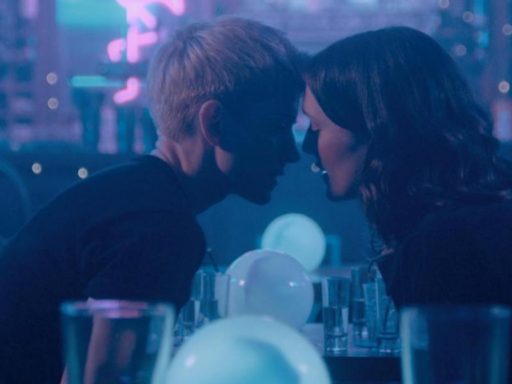
It’s been almost a year of ‘what shall we watch’ so this week, we’ve got you covered. In this post, Alice recommends some must-watch TV shows with LGBTQ+ characters or storylines.
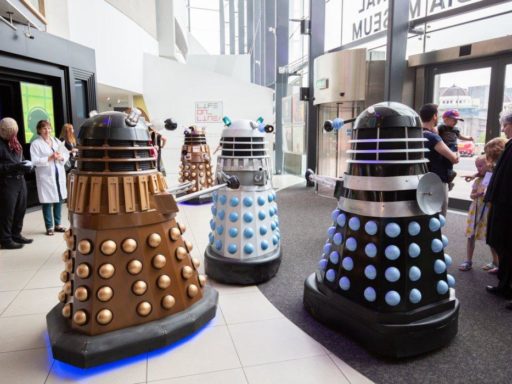
Doctor Who’s Daleks are among the most iconic TV villains of all time. Volunteer blogger Ashleigh takes a look at how their unusual design makes them so memorable.
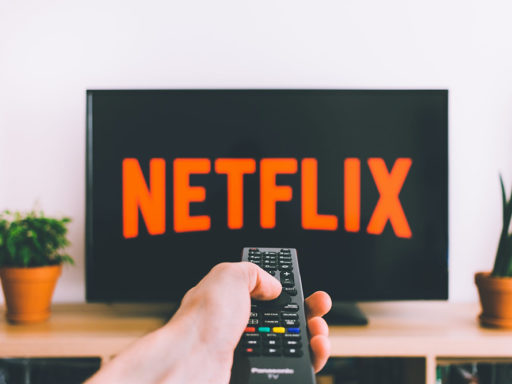
In recent years, subscription video on demand services—such as Netflix—have seen a huge rise in popularity. Sarah takes a look at some of the latest facts and figures.
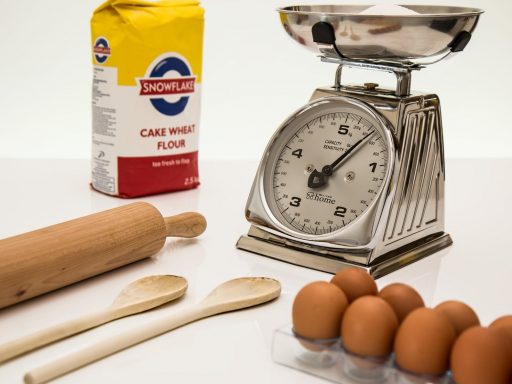
To understand how influencers became so ubiquitous, we must take a trip back in time—to the 1970s, when TV chef Delia Smith became a phenomenon.